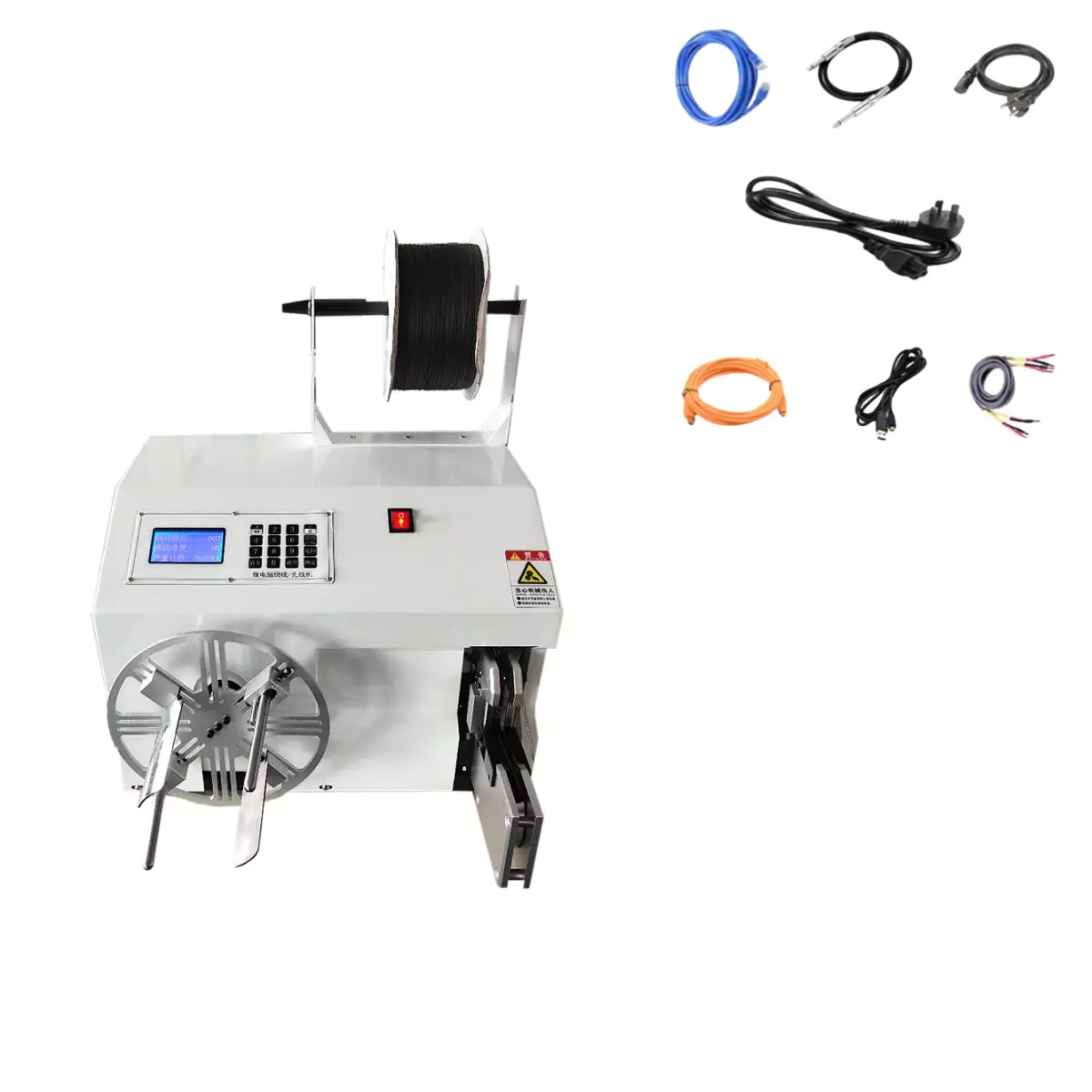10 years of experience as a food machinery equipment manufacturer
10 years of experience as a food machinery equipment manufacturer
Fully automatic winding and tying machines represent significant advancements in industrial packaging, enhancing efficiency and consistency in baling wire, steel bars, yarn, and various other materials. While highly reliable, like any complex machinery, they can occasionally encounter operational issues. Understanding common problems and their resolutions is crucial for minimizing downtime and maintaining peak performance.

One frequent issue operators encounter is inconsistent winding tension or uneven material layering on the spool or reel. This can lead to tangles, breakages, or unstable bales.
The tying mechanism is the core of the machine’s automation. Failure to tie knots consistently, securely, or at all is a critical issue.
Excessive material breakage during the winding or tying process disrupts flow and increases waste.
Modern machines feature complex control systems that may halt operation and display error codes.
Many common problems can be prevented or minimized through diligent and scheduled maintenance:
Fully automatic winding and tying machines are designed for robust operation. By familiarizing themselves with these common issues and their solutions, operators can ensure smoother production runs. A proactive approach, centered around understanding machine functions, adhering to operating procedures, and executing consistent preventative maintenance, significantly reduces the frequency and severity of operational problems. When encountering persistent or complex faults not resolved by basic troubleshooting, consulting the manufacturer’s technical support or authorized service technicians is always recommended.
